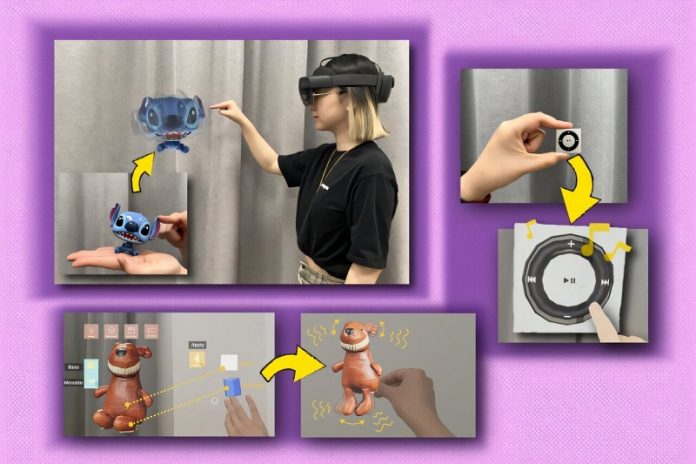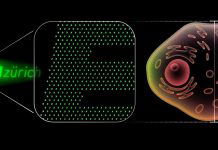
Have you ever wished you could bring your favorite childhood toy or a special item into a virtual world—not just how it looks, but how it moves and feels?
A new tool from researchers at MIT might soon make that possible.
Called InteRecon, this technology allows people to create interactive digital versions of real-world objects using just a smartphone.
With InteRecon, you don’t just get a 3D copy of your item—you can also add lifelike motions and sounds that capture what made the object special in the first place.
Imagine scanning your old bobblehead and having it nod its head in a virtual room, or bringing back your vintage TV and playing old videos on it.
InteRecon was designed to do just that. It creates digital twins of your prized belongings and adds realistic movements or functions, making virtual experiences feel more personal and alive.
The team behind InteRecon, led by Zisu Li from MIT’s Computer Science and Artificial Intelligence Laboratory (CSAIL), says this tool is about more than just saving memories. It could be useful in classrooms, museums, and even hospitals.
For example, teachers could use it to explain science concepts, or museums could make displays come to life. In the future, it might even help medical students learn surgeries by showing every small hand movement in 3D.
Using InteRecon starts with a simple iPhone app. You scan the object by walking around it three times. Once scanned, the 3D model appears in a mixed reality headset like a Hololens or Meta Quest.
You can then choose which parts of the object should move and how—like swinging ears on a stuffed bunny or twisting knobs on an old radio.
The tool lets users pick from different movement styles, such as sliding, rotating, or bouncing. You can even test each option before deciding which looks best.
The team also showed how InteRecon can bring back old electronic devices like an iPod or TV, letting you interact with them in the virtual world—pressing buttons, turning dials, and even playing music or video clips.
What makes InteRecon especially powerful is how it recreates even the small imperfections of your items—like a teddy bear with missing buttons—making your memories feel even more real.
In tests, people from different backgrounds found the tool easy to use and said it helped bring back emotional connections to their items. In the future, the researchers want to make it even more powerful by adding more precise motion simulations and using AI to rebuild lost items based on written descriptions.
Li and her teammate Faraz Faruqi are also working on making full digital versions of larger spaces, like home offices, and even turning digital models back into real objects using 3D printing.
According to experts, InteRecon could change how we interact with virtual environments, especially in education, healthcare, and culture. Instead of just looking at 3D models, we’ll soon be able to play, learn, and connect with them—just like we would in real life.



